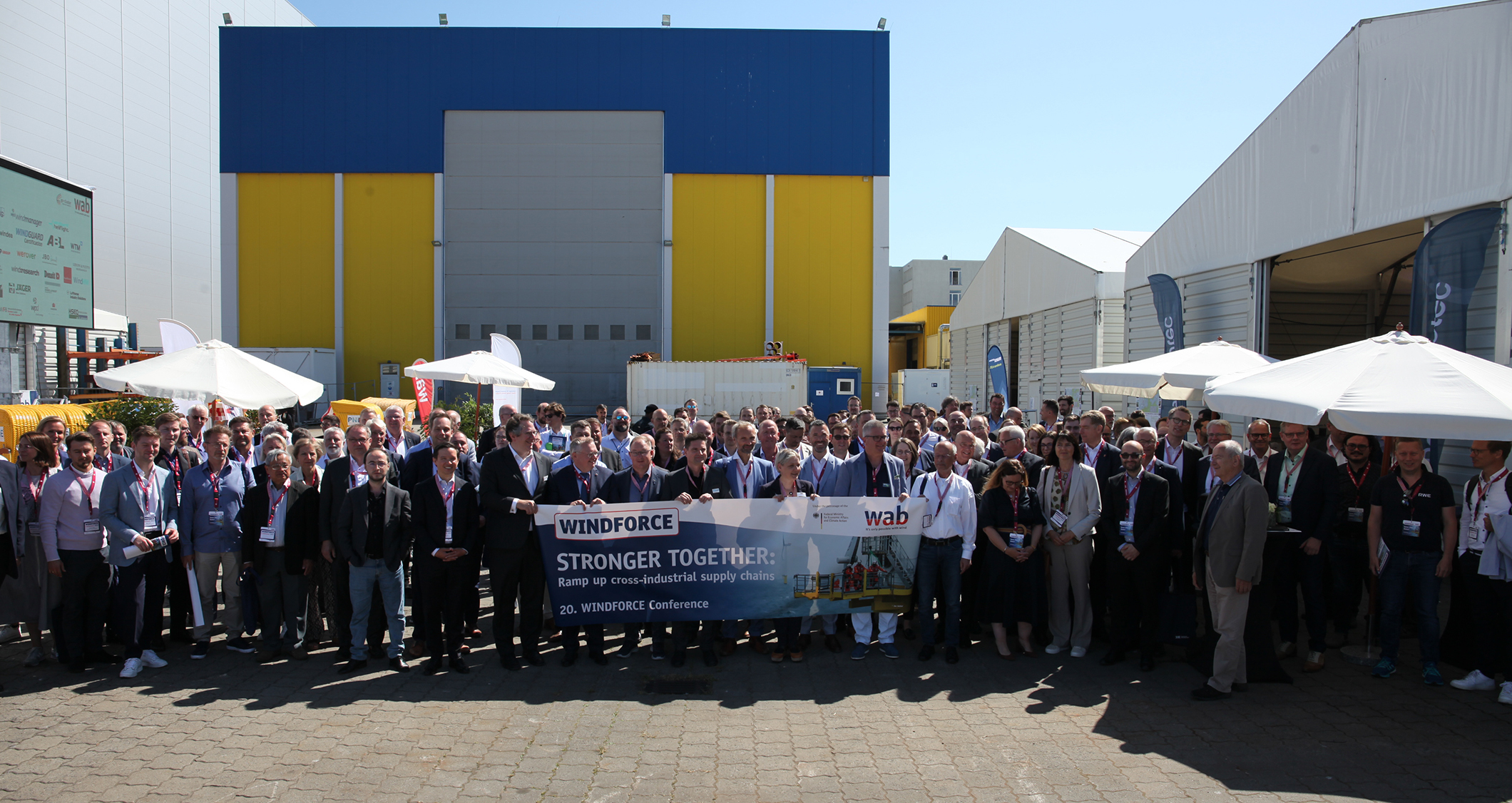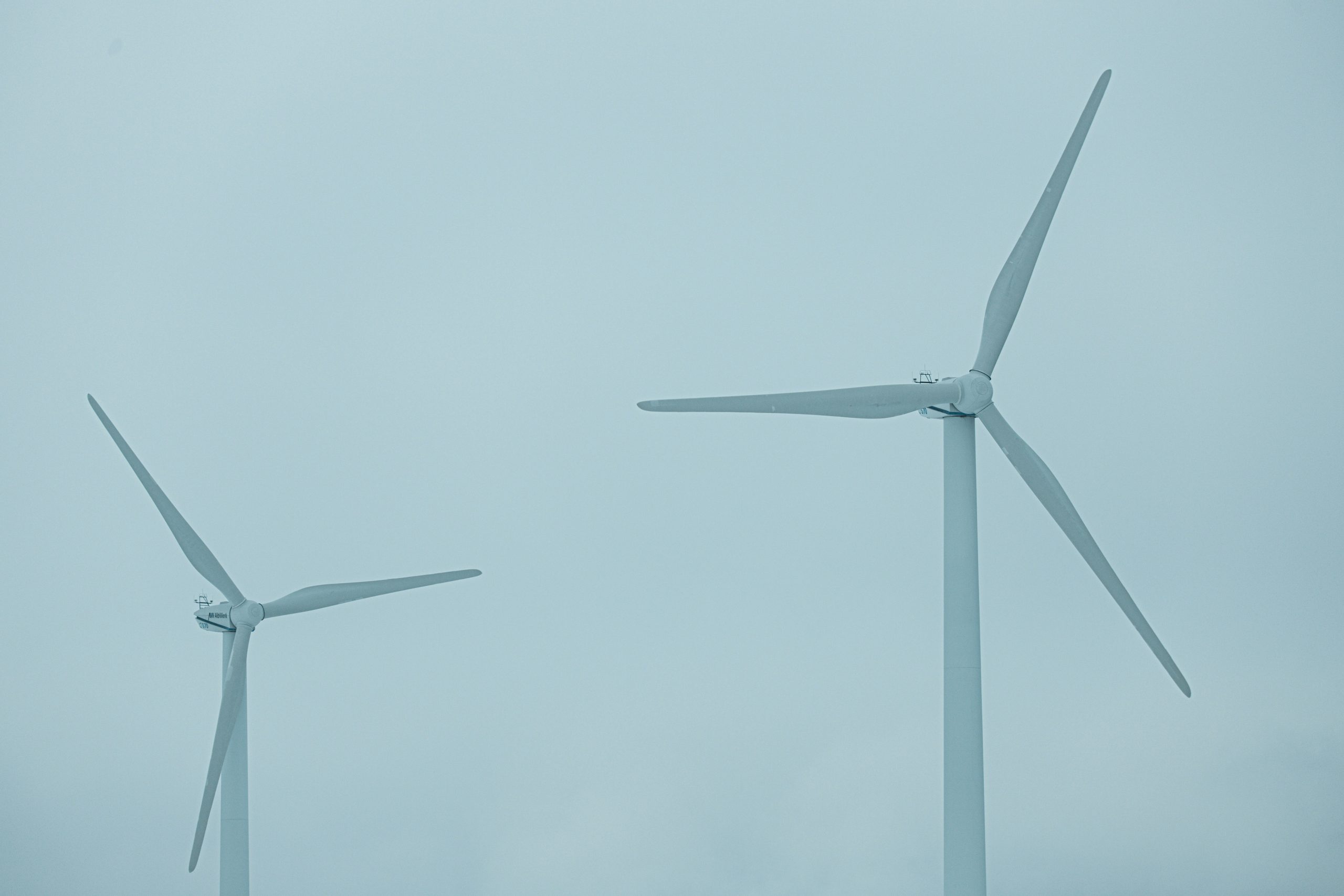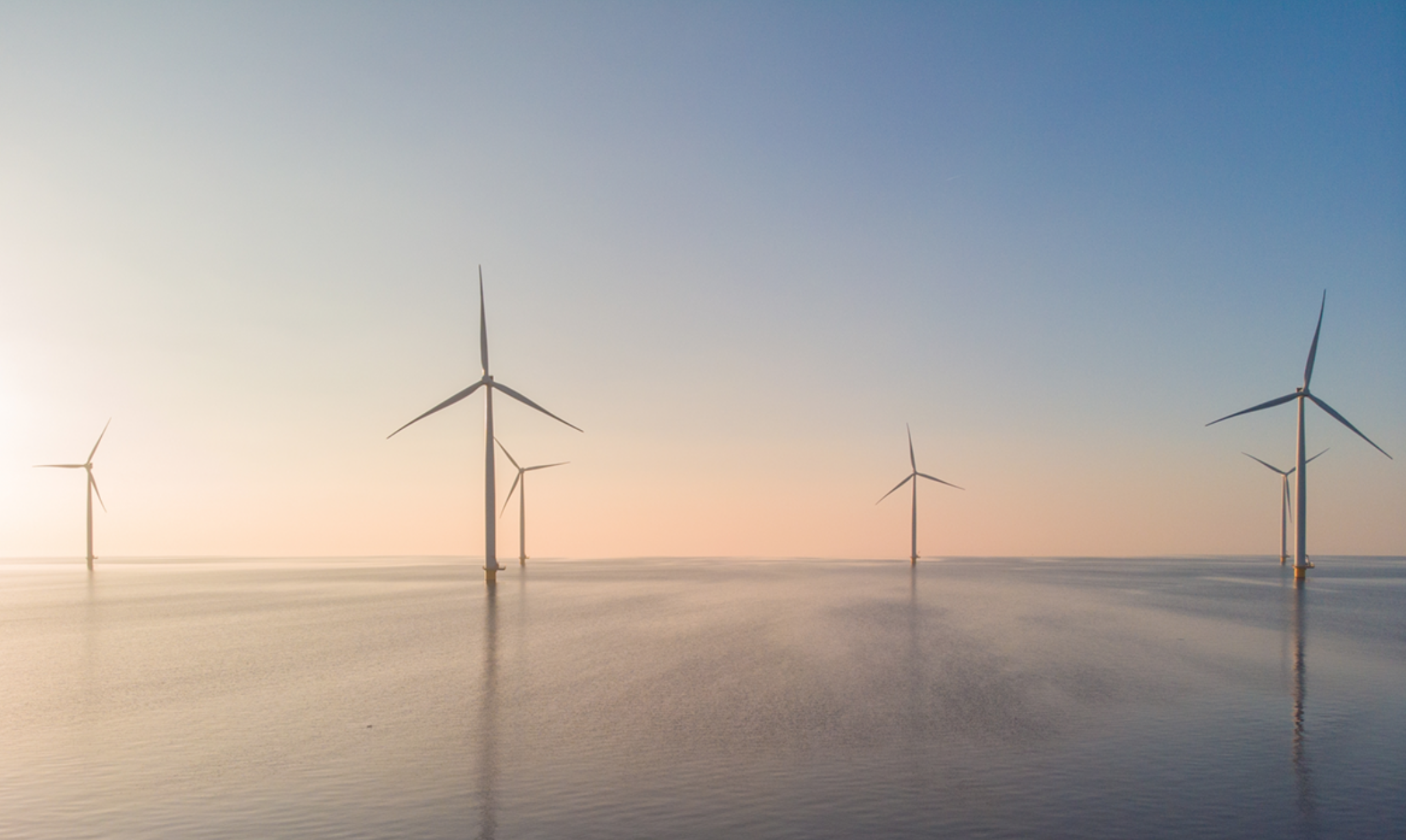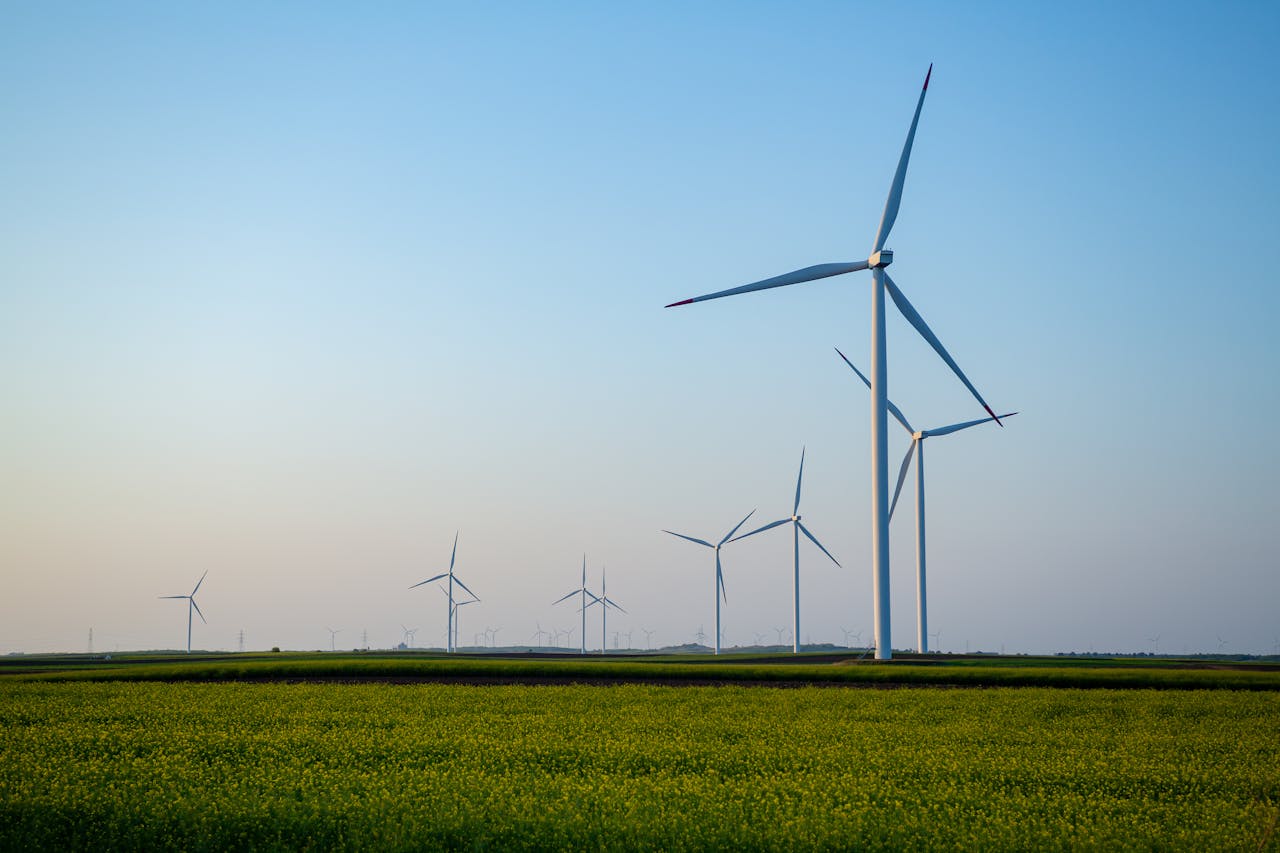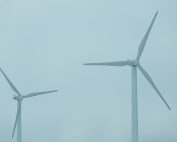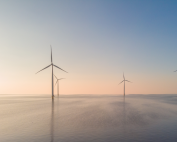Reducing CO2 emissions and shaping tomorrow’s industry with offshore wind energy and green hydrogen
Bremerhaven/Germany, 13 June 2023 – Well over 300 national and international offshore wind and hydrogen experts from over 250 companies have gathered for the three-day 20th annual “international class reunion” of the offshore wind industry. In cooperation with the country partner Norway, represented by Team Norway, under the patronage of the Federal Minister for Economic Affairs and Climate Protection Dr Robert Habeck, the challenges and opportunities in the context of the expansion of 30 gigawatts of offshore wind energy in a few years as well as the realisation of the offshore electrolysis targets will be discussed. Stronger together: Ramp-up cross-industry supply chains is the motto of the most traditional offshore wind conference in Germany.
The offshore wind industry combined with the maritime industry and the hydrogen economy offer great potential for employment and value creation as well as the foundation of a sustainable energy supply with high relevance for the entire industry. At the same time, there is currently a lack of suitable financing instruments for the development of the necessary production capacities in the offshore wind industry, in shipbuilding and possible business models for the green hydrogen economy, a training and qualification offensive, incentives in tenders for the reduction of CO2 emissions, port infrastructure and backshore connections, sufficient electricity and hydrogen grids, ensuring the availability of necessary raw materials, (…) while cost pressure and international competition are increasing.
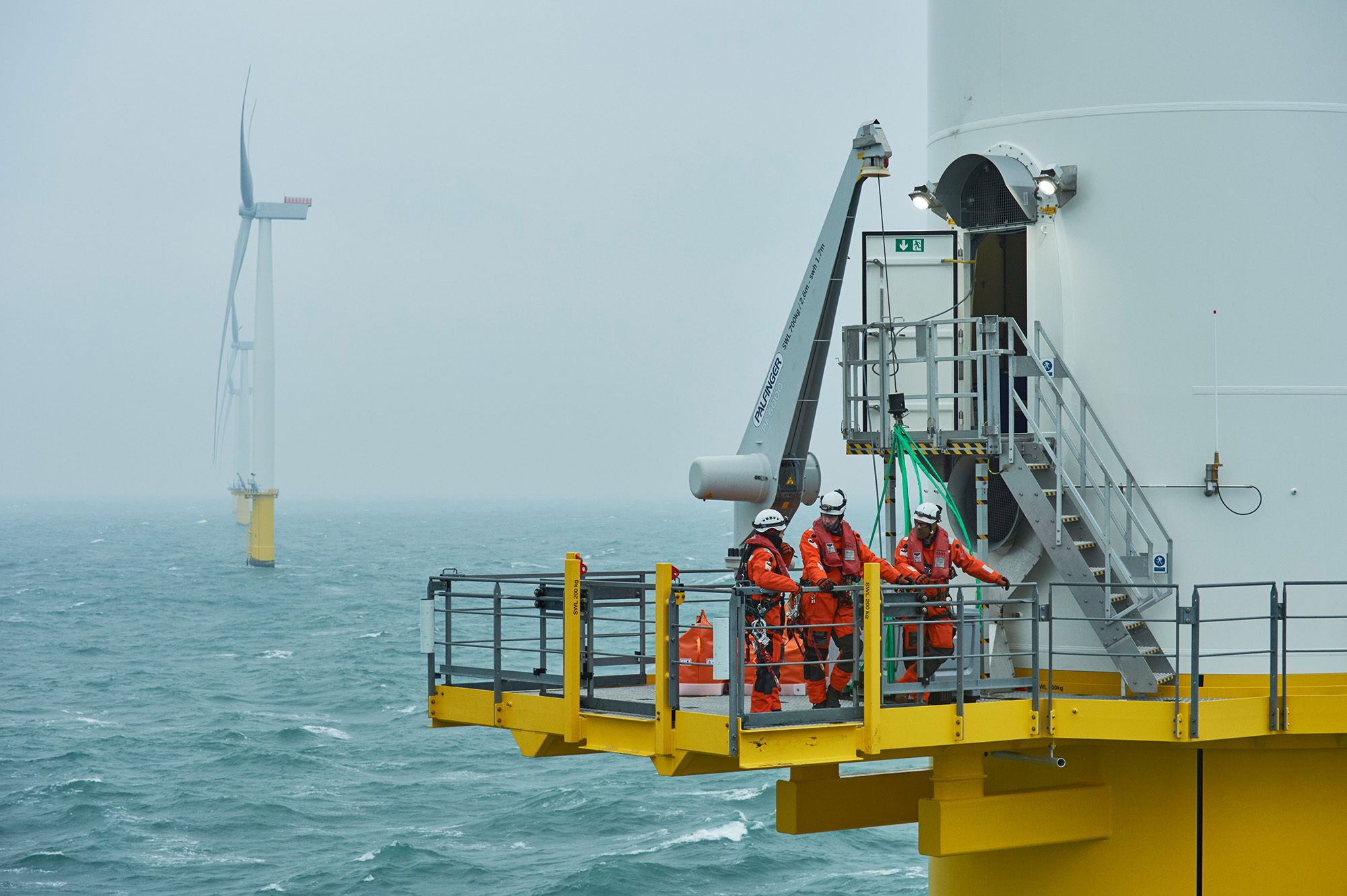
Only cross-industry, international cooperation combined with strong national political support based on the necessary industrial policy for the offshore wind industry, the hydrogen economy and shipbuilding will make the expansion targets for 2030 and beyond feasible. In this way, the energy transition can become a strong economic and employment driver for the offshore wind industry, the shipbuilding industry and the emerging hydrogen economy and counter the risk of deindustrialization.
For climate protection, it is necessary to reduce and avoid CO2 emissions. This also applies to the expansion of a sustainable energy supply. Offshore wind energy and green hydrogen are crucial for improving security of supply, affordable energy costs for all and mitigating the climate crisis. On the way to a net-zero balance, the carbon footprint of offshore wind farms should be minimized as far as possible along the entire value chain. The proximity of, for example, production sites and service locations to the electricity-generating and hydrogen-producing offshore wind farms is an important building block here.
The WINDFORCE supporters explain from their different perspectives the measures that are now necessary to achieve the expansion targets, the availability of hydrogen and a climate-friendly transformation of the economy:
Jan Vollrath, Vice President Sales Offshore Wind bei Siemens Gamesa Renewable Energy: “Looking ahead to 2030, we need to recognise that there is a gap between existing capacity at manufacturers, in the supply chain and at ports and ships on the one hand, and policy targets on the other. Without support for industry to ramp up production, we risk missing the 2030 targets.”
Iris Franco Fratini, authorised signatory and Head of Corporate Affairs Germany, Ørsted Germany: “The politicians have set the expansion targets for Germany and have performed very well with it. As an industry, we have also desired in this way in the past years. Now we must tackle and implement it together and drive forward the expansion of renewable energies in Germany. Only through close cooperation can we ensure that the necessary course is set, and that components and services are available to drive the expansion forward”.
Dr Andreas Liessem, Managing Director Steelwind Nordenham: ” The current geopolitical and economic situation has given additional momentum for the offshore wind deployment in Europe. The offshore wind energy sector in Europe needs therefore to be recognized as a strategic autonomy sector ensuring long-term predictability and clarity for the necessary investments. In addition, a clear and transparent level playing field is critical to retain a strong European offshore wind supply chain.”
Dr Reinhard Lüken, General Manager Association for Shipbuilding and Marine Technology – VSM “Offshore wind energy must be economically successful along the entire value chain. Only with reliable planning prospects can shipyards and other companies invest in additional production facilities. Ambitious expansion targets alone will quickly become wastepaper if target-oriented tendering conditions and practicable financing instruments are not advanced.”
Tim Meyerjürgens, COO of TenneT: “It is of central importance that industry, politics and the energy sector work hand in hand at national and international level so that the expansion targets can be achieved. Politicians have introduced the first legal adjustments to speed up the approval process. TenneT has given the market important impetus and signals for investment and planning security with large-scale tenders of historic dimensions. On the joint path to the climate-neutral grid 2045, it is now a matter of working together constructively to secure the necessary resources in Germany and Europe and to keep supply chains stable.”
Marcus Rönner, Managing Director of Stahlbau Nord GmbH/Heinrich Rönner Group: “We have to find a way to win people over to our expansion targets and projects. They must be willing to work together with a lot of creative energy to implement them, whether in politics, industry or society. In other words: come to us in the beautiful north of Germany and lend a hand. There is much to do.“
Matthias Brandt, CEO Deutsche Windtechnik: “Deutsche Windtechnik has been investing in training and further education of skilled workers for years because we have always been aware of their increasing importance. It is our strong conviction that we should continue this work. For this reason, we will be establishing new training centres, and we are counting on support from industry and policymakers. The Windforce is a platform where all interest groups can and must focus and combine their synergies in order to succeed on this important path. Because the fact remains: The expansion of renewable energies is a must.“
Cornelius Drücker, NORWEP and representative of Team Norway: “Germany with it’s existing offshore wind generation of 8 GW and ambitious targets, is a most important market for the Norwegian Industry. We believe we are well placed to support Germany’s energy targets with our experience in harsh environments. Furthermore, the Norwegian industry can support with various forms of energy e.g. gas and CCS, blue and green hydrogen, renewable electricity, and technology from engineering solutions, high tech to turnkey delivery of systems. During the delegation tour and
the conference, we promoted information exchange with speakers in all sessions and fostered partnerships throughout networking events. The Norwegian delegation was able to witness the state
of the German Offshore Industry by visits to Steelwind, RelyOn Nutec, Siemens Gamesa, turneo and Fraunhofer.”Heike Winkler, Managing Director of the industry association WAB e.V., sees the current situation as a historic opportunity: “Industries of the future, such as the offshore wind industry, the value- added potential for the shipbuilding industry, the development of the green hydrogen economy and a growing circular economy, are needed to counter the risk of deindustrialization. It is now a matter of accelerating the climate-friendly transformation of the entire industry.”
The WINDFORCE program with over 70 speakers and more than 50 technical presentations, yesterday’s and upcoming excursions and other conference highlights can be found here: https://windforce.info/
Source: WAB
